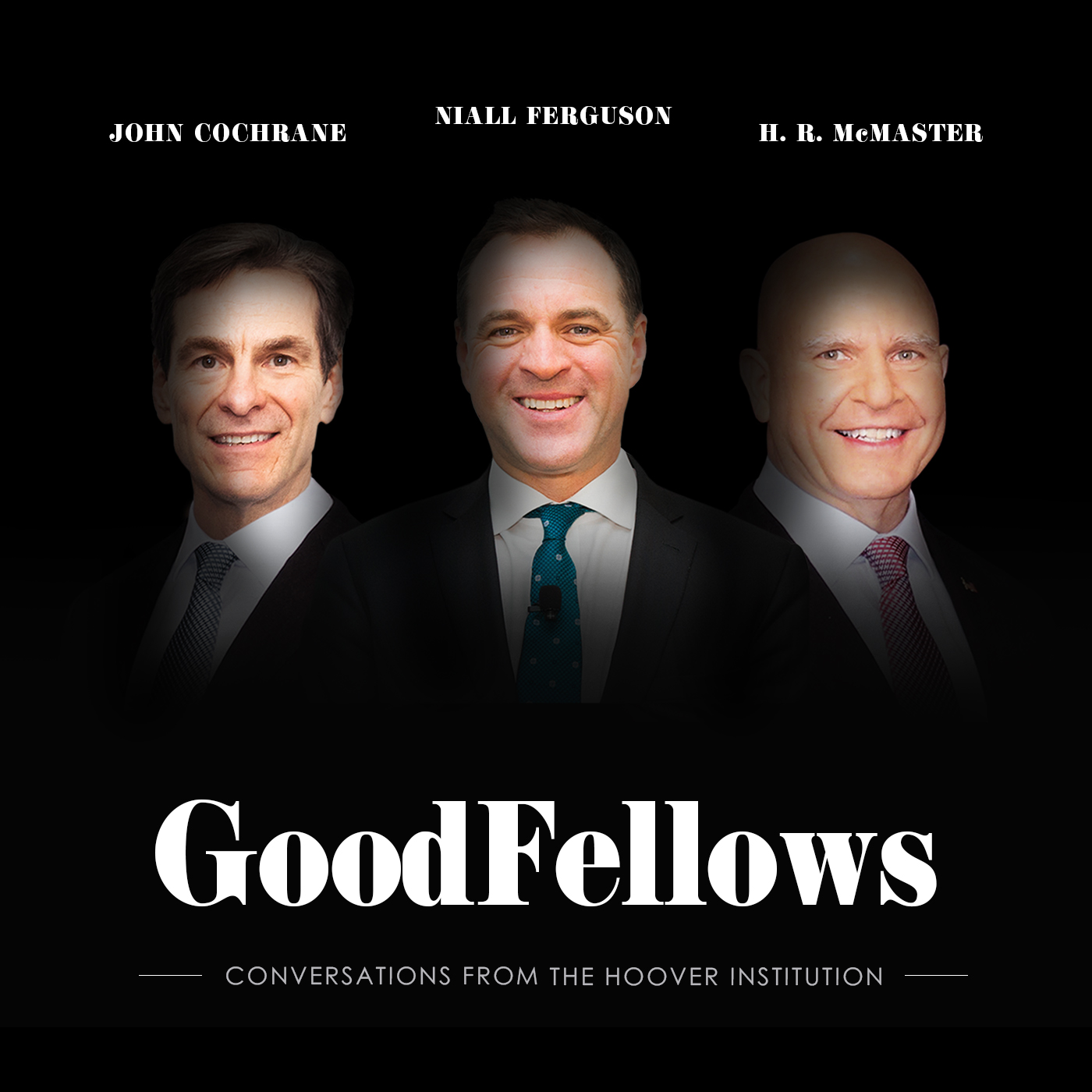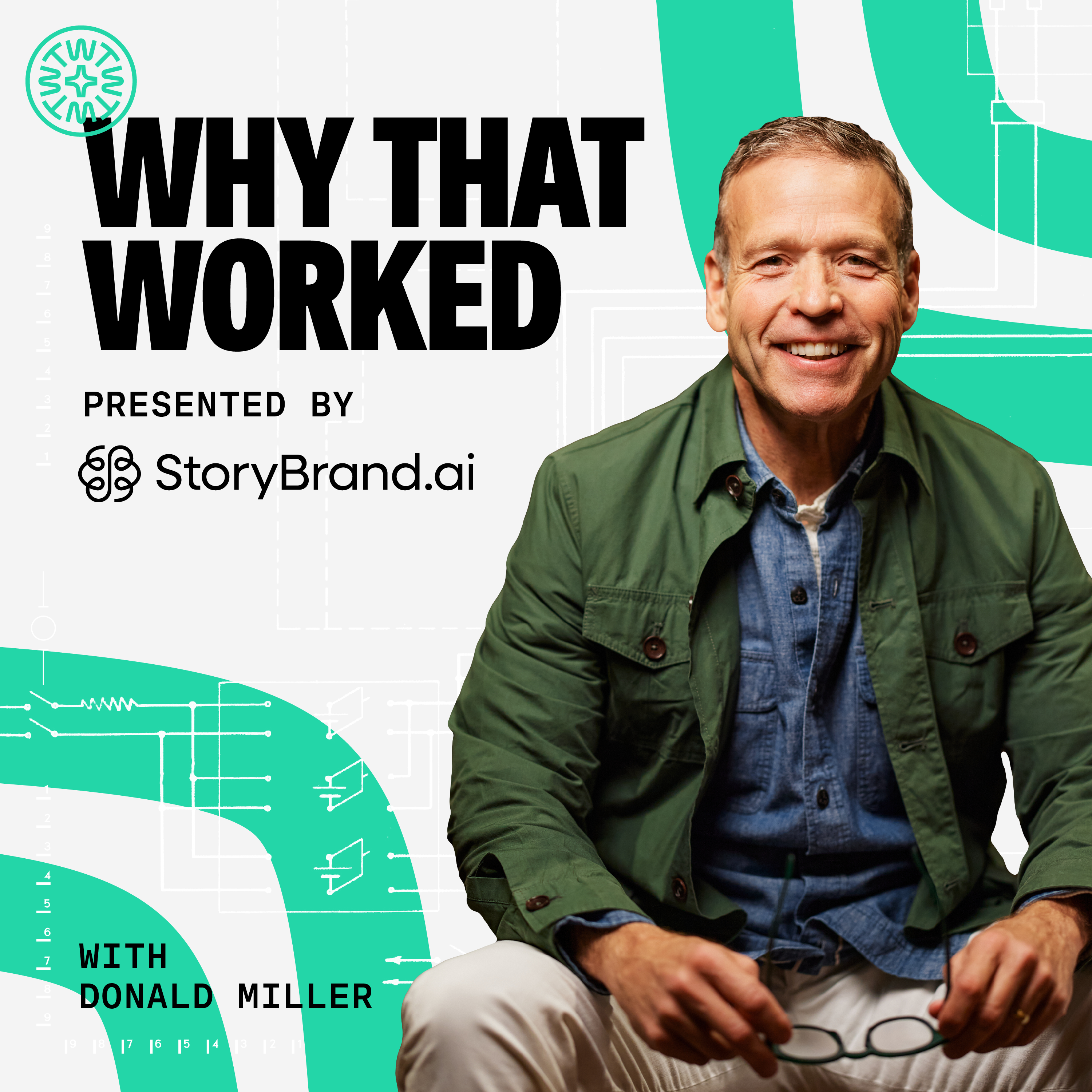
The Leadership Drip
Welcome to The Leadership Drip Podcast. This weekly podcast will bring you timely leadership knowledge. You can find more about me in the following places:
Website: https://theclaygreene.com
LinkedIn: https://www.linkedin.com/in/theclaygreene/
Facebook: https://www.facebook.com/TheLeadershipDripPod/
Instagram: https://www.instagram.com/claygreene1977/
X: https://x.com/LeaderDripPod
Help support the page by sharing with all your friends or family!
You can also support what I am doing here by purchasing any products from my affiliate links on Amazon here: https://theclaygreene.com/products/
If you are a new leader, I highly recommend that you download my free "New Leader Planning Guide" that will help you in saving valuable time by gaining greater focus. You can find that by following this link: https://leadershipdrippod.ck.page/7db8d28aa2
The Leadership Drip
Work-Life Balance: It's Not a Myth – Here's How to Actually Achieve It
Welcome to The Leadership Drip podcast! This weekly podcast will bring you timely knowledge that will help you advance to higher levels of leadership. Whether your business is large or small, the information you will gain here and in my corresponding blog will help your business. You can find more about me in the following places:
Website: https://theclaygreene.com
LinkedIn: https://www.linkedin.com/in/theclaygreene/
Facebook: https://www.facebook.com/TheLeadershipDripPod/
Instagram: https://www.instagram.com/claygreene1977/
X: https://x.com/LeaderDripPod
Help support the page by sharing with all your friends or family!
You can also support what I am doing here by purchasing any products from my affiliate links on Amazon here: https://theclaygreene.com/bookstore/
If you are a new leader, I highly recommend that you download my free "New Leader Planning Guide" that will help you in saving valuable time by gaining greater focus. You can find that by following this link: https://leadershipdrippod.ck.page/7db8d28aa2
Welcome, everyone, to another episode of The Leadership Drip. I'm your host, Clay Greene, and I'm glad to be back with you today. In this episode, we’re going to explore work-life balance—it’s not a myth, and here’s how you can actually achieve it.
In our hyper-connected world, the phrase "work-life balance" has become both a buzzword and a source of frustration. Many dismiss it as an impossible ideal—something that sounds nice in theory but crumbles under the weight of demanding careers, family responsibilities, and the relentless ping of notifications. But here’s the truth: Work-life balance isn’t a myth. It’s not about perfect equilibrium every single day, nor is it about working exactly eight hours and then switching off completely. Instead, it’s about creating sustainable rhythms that allow you to excel professionally while maintaining your well-being, relationships, and personal fulfillment. I learned this after experiencing a heart attack around age 23—a brush with death that reshaped my priorities.
The key lies in understanding that balance doesn’t mean equal; it means intentional.
Before diving into strategies, we need to shift our understanding of what work-life balance actually looks like. The traditional image of leaving work at 5 p.m. sharp and never thinking about it until 9 a.m. the next day is outdated and, for many careers, unrealistic. Modern balance is more fluid and personalized. True work-life balance means having the flexibility to meet professional obligations while also having time and energy for the things that matter outside of work. Some days, work might demand more attention; other days, personal priorities take precedence. The goal is to prevent either side from consistently overwhelming the other—it’s a yin and yang.
This reframe is liberating because it removes the guilt many feel when work occasionally spills into personal time or when personal matters require attention during traditional hours. Instead of viewing these moments as failures, you can see them as part of a dynamic system that, over time, serves both your career and your life.
The foundation of work-life balance rests on boundaries—not the rigid, inflexible kind that often get abandoned under pressure. Effective boundaries are clear, communicated, and consistently maintained, yet realistic given your specific situation. Start by identifying your non-negotiables—these might include family dinner time, a morning workout routine, or simply having Sundays free from work-related activities. Write these down and treat them as appointments you cannot cancel. When work demands threaten these boundaries, get creative with solutions rather than automatically sacrificing personal time.
Communication plays a crucial role in setting boundaries. Be transparent with colleagues and supervisors about your availability. If you don’t check emails after 8 p.m., let people know. If you need to leave promptly on Tuesdays for a recurring meeting, make that clear. Most people will respect these boundaries when communicated professionally and consistently.
Technology boundaries deserve special attention. Create physical and temporal barriers between work and personal life by designating work-free zones in your home and establishing specific times to disconnect from work communications. This might mean placing your work phone in another room during dinner or using different browsers for work and personal activities.
Effective time management isn’t about cramming more tasks into your day; it’s about ensuring your time allocation reflects your priorities. This requires intentionality beyond basic scheduling. Begin by conducting a time audit for one week—track how you spend your time in 30-minute increments. You might be surprised to discover how much time is lost to inefficient meetings, social media scrolling, or tasks that could be delegated or eliminated.
Priority-based scheduling involves blocking time for your most important work during peak energy hours while also protecting time for personal activities that recharge you. Instead of viewing personal time as what’s left after work, schedule it first. Fill your workout, family time, or hobby sessions on your calendar with the same respect you give an important client meeting.
Learn to distinguish between urgent and important tasks. Many spend their days reacting to urgent but unimportant demands, leaving no time for important but less pressing work or personal activities. The Eisenhower Matrix can help categorize tasks and guide strategic decisions about where to invest your time and energy—you can find this in some of my previous recordings.
Sustainable work-life balance requires systems rather than relying solely on willpower. Systems automate good decisions and make it easier to maintain boundaries, even when stressed or busy. Develop morning and evening routines that create clear transitions between work and personal time. A morning routine might include exercise, meditation, or enjoying coffee without checking emails. An evening routine could involve reviewing the day’s accomplishments, planning tomorrow’s activities, and engaging in a relaxing activity that signals the workday’s end.
Create systems for managing work tasks more efficiently—try time blocking, batch processing similar tasks, using project management tools, or establishing regular check-ins with team members to prevent last-minute crises. The more efficiently you complete work responsibilities, the more time and energy you’ll have for other aspects of life.
Meal planning, household management systems, and automated bill payments might seem unrelated to work-life balance, but they reduce mental load and decision fatigue, making personal time feel less like work. When basic life management runs smoothly, you have more bandwidth for activities that truly recharge you.
One of the most challenging aspects of maintaining work-life balance is learning to decline opportunities and requests that don’t align with your priorities. This doesn’t mean becoming unhelpful or disengaged—it means being strategic about commitments. Develop criteria for evaluating new opportunities: Does this align with my current goals? Do I have the bandwidth to do this well? What would I need to give up to take this on? Is this the best use of my time and energy right now? Clear criteria make it easier to decide confidently when to decline.
Offer alternatives when possible—suggest someone else who could help, propose a different timeline, or contribute in a limited way. This approach maintains relationships while protecting your boundaries. Remember: Saying no to one thing means saying yes to something else. Declining a work project requiring weekend time is saying yes to family relationships or personal restoration. This perspective helps reduce the guilt that often accompanies boundary-setting.
While boundaries are important, complete separation between work and personal life isn’t always possible or desirable. Sometimes integration works better. This might mean taking a call during a walk with your dog, working from a coffee shop where you can meet a friend afterward, or bringing your family to a work event when appropriate. The key is intentional integration rather than constant overlap driven by convenience or external pressures.
Look for ways to align work with your personal values and interests—take on projects that excite you, find mentorship opportunities, or contribute to causes you care about through your professional role. When work feels meaningful and connected to who you are, the line between work and life becomes less of a tension point.
Work-life balance isn’t a destination you reach and maintain effortlessly. It requires ongoing attention and adjustment as your circumstances, responsibilities, and priorities evolve. What works during a busy project phase might not work when you have young children or aging parents needing more attention.
Regular reflection helps you stay on track. Conduct monthly or quarterly check-ins with yourself: Are you feeling energized by work and personal activities, or are you constantly exhausted? Are your important relationships thriving, or are they being neglected? Are you making progress on goals that matter to you? Be willing to experiment and iterate—if a boundary or system isn’t working, try something else. Work-life balance is highly individual; what works for a colleague or friend might not work for you. Pay attention to your own rhythms, energy patterns, and priorities rather than following someone else’s blueprint.
Finally, extend yourself the same grace you’d offer a good friend. There will be days when balance feels impossible—when work demands overwhelm or personal crises require attention. These aren’t failures; they’re part of being human. The goal is creating patterns over time that support both professional success and personal well-being.
Work-life balance is achievable, but it requires intentionality, systems, and a willingness to prioritize your well-being alongside professional responsibilities. It’s not about perfection—it’s about creating a life where you can thrive both at work and beyond it.
Thank you for joining us on this episode of The Leadership Drip. If you found today’s discussion valuable, don’t forget to like, subscribe, share, and please leave us a review. Stay tuned for more insightful conversations on leadership and business. Until next time, I’m Clay Greene, and I’ll catch you leaders on the next episode.















